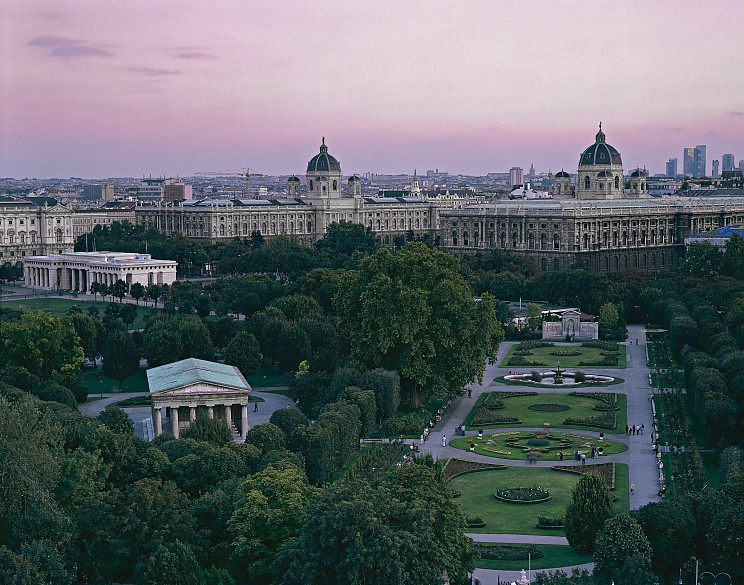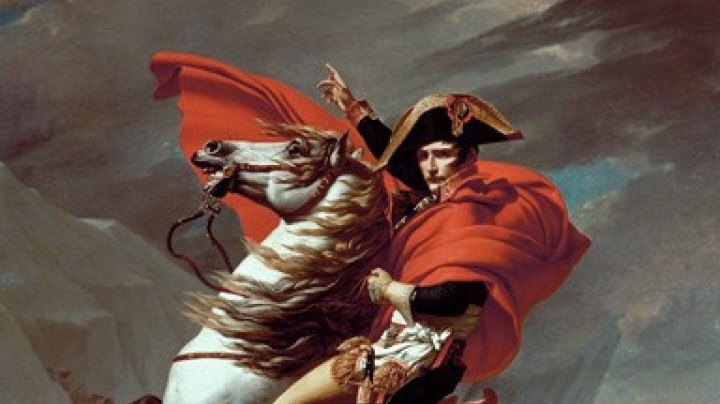Conserving the old from fear of the new
A statue originally intended to be dedicated to Napoleon is reinterpreted as a conservative monument to the Monarchy and preserved in a neo-Grecian temple.
The monumental sculpture of Theseus vanquishing Eurythion, king of the Centaurs, was commissioned from Antonio Canova by the Kingdom of Italy in 1804. It was originally intended to stand in Milan to celebrate Napoleon, in particular his victory over Austria at Marengo in 1800. By the time the sculpture was nearing completion in 1814, Napoleon’s power was already waning, and after his fall, a new political order for Europe was drawn up at the Congress of Vienna. Canova thus started looking for a new buyer. He found him in Napoleon’s erstwhile adversary, Emperor Franz II (I), who even paid a visit to the artist in his studio in Rome. The symbolism of the group was duly reinterpreted as a glorification of the victory of the legitimate political order (that is, the Holy Alliance) over the Revolution (regarded as having spawned Napoleon).
To house the sculpture Emperor Franz had the Temple of Theseus (1820–1823) built in the gardens of the Hofburg (today the Volksgarten) in imitation of the Theseion in Athens. The designs for this Doric temple were executed by Peter Nobile. The sculpture was delivered to Vienna in 1822, but only stood in the temple that had been designed for it until 1890, afterwards being removed to the stairway of the Kunsthistorisches Museum.
Head of the School of Architecture at the Academy of Fine Arts from 1818, Peter Nobile received another commission for an official building from the Imperial Court. In 1815, shortly after the end of the threat from Napoleonic France, work started on the Outer Burgtor as a monument celebrating the victory over Napoleon and honouring the soldiers of the imperial army. Composed like the Temple of Theseus on severely Neoclassical lines, it is monumental in character: in their recourse to elements of the architecture of antiquity, both structures were informed by the endeavour to uphold conservative political ideals and were intended to symbolize the re-establishment of the Austrian – and imperial – honour that had been violated in the Napoleonic wars.
Unadorned, restrained forms also characterized functional buildings such as the Polytechnikum (today the Technische Universität on Karlsplatz) and the Imperial Mint. This was partly a consequence of the weakened state of national finances following the wars against France, when money had to be saved on public commissions. This was strictly monitored by the Hofbaurat (Court Building Commission), founded in 1809.





















